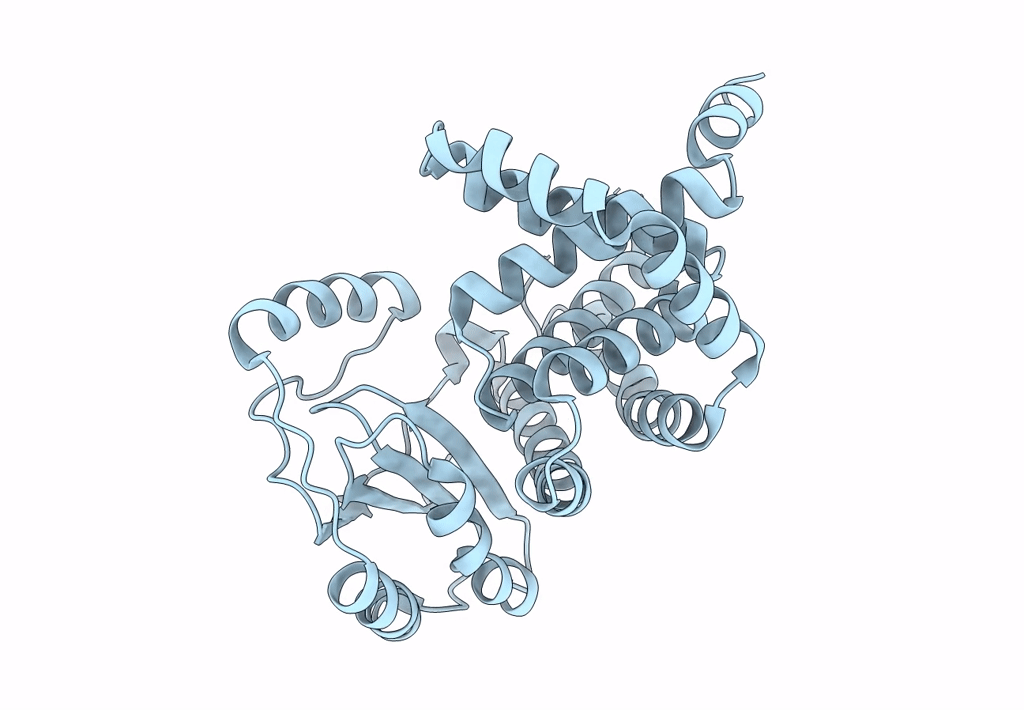
Deposition Date
2022-09-19
Release Date
2022-11-23
Last Version Date
2023-10-25
Entry Detail
Biological Source:
Source Organism:
Planobispora rosea (Taxon ID: 35762)
Host Organism:
Method Details:
Experimental Method:
Resolution:
2.47 Å
R-Value Free:
0.25
R-Value Work:
0.20
R-Value Observed:
0.20
Space Group:
P 21 21 21


